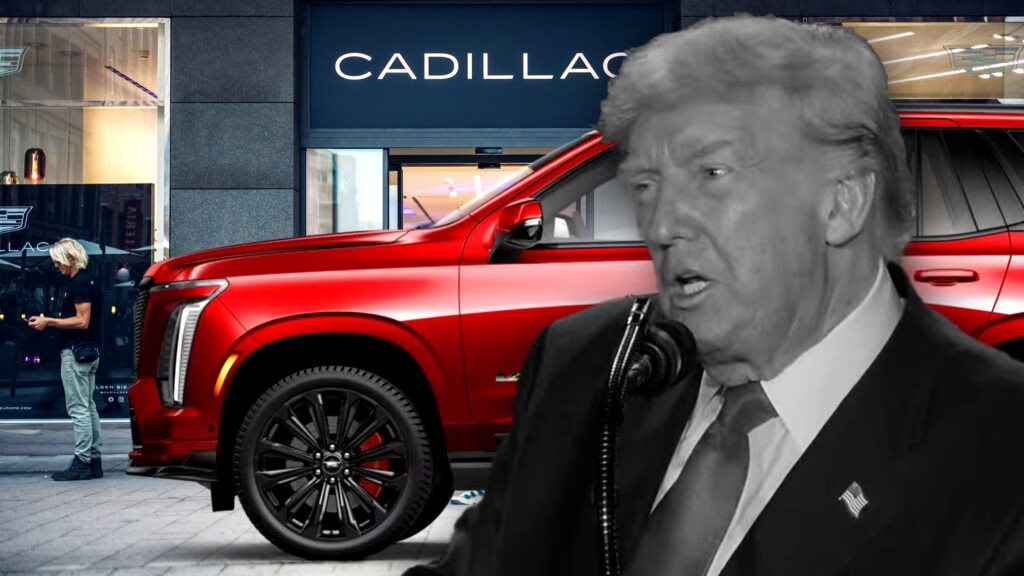Why Don’t American Cars Sell Well in Japan and Europe?
If you’ve ever wondered why you rarely spot a Ford F-150 rumbling down the streets of Tokyo or Paris, you’re not alone. For decades, American-made vehicles have struggled to gain traction in Japan and Europe, despite their legendary status back home. The reasons go far beyond tariffs or trade deals—it’s a story of culture, practicality, and a bit of old-fashioned stubbornness on both sides of the Atlantic and Pacific.
Are Trade Barriers Really Keeping U.S. Cars Out?
It’s tempting to blame tariffs and trade policies for the lack of American cars overseas. After all, political leaders—including former President Donald Trump—have pointed fingers at Japan and Europe for “shutting out” Detroit’s finest. But the numbers tell a different story. Even when tariffs drop, U.S. automakers barely make a dent in foreign markets. In Japan, for example, out of 3.7 million cars sold last year, only 570 were Chevrolets, 420 were Cadillacs, and a mere 120 were Dodges. Ford? They haven’t sold a car there in nearly a decade.
The reality is, trade barriers are only a small piece of the puzzle. According to the Japan Automobile Importers Association, the country has had zero tariffs on imported passenger vehicles since 1978. Europe’s average tariff on imported cars is 10 percent—noticeable, but not a dealbreaker when you consider the U.S. imposes a 2.5 percent tariff on European cars. So if it’s not the rules, what’s the real roadblock?
Why Do Japanese and European Drivers Prefer Smaller Cars?
Let’s get real: most American cars are big. Really big. The Ford F-150, Chevrolet Silverado, and Dodge Ram are icons in the U.S., but they’re the automotive equivalent of bringing a linebacker to a ballet class in Europe or Japan. Streets in Tokyo and London are narrow, parking spaces are tight, and gas prices are sky-high. In Japan, a gallon of fuel can cost more than double what you’d pay in the States, and in many European cities, it’s not much cheaper.
Instead, drivers in these regions gravitate toward compact, fuel-efficient models like the Toyota Corolla, Volkswagen Golf, and Renault Clio. These cars are easy to park, sip fuel, and fit comfortably on winding city streets. It’s not that buyers dislike American cars—they just don’t fit the local lifestyle. As Andy Palmer, former CEO of Aston Martin, put it, “We don’t buy Ford F-150s, that’s not what our roads are scaled for, it’s not what our customers want.”
How Does Infrastructure Shape What People Drive?
Infrastructure is destiny in the car world. In the U.S., wide roads, sprawling suburbs, and cheap gas make it easy to love a big SUV or pickup. But in Japan and Europe, the story is flipped. Many city streets were laid out centuries before cars existed. Try squeezing a Cadillac Escalade down a medieval alley in Rome or finding a parking spot for a Dodge Challenger in central Tokyo. Good luck.
Even when American brands try to adapt, the challenges remain. Jeep, for example, is the most popular U.S. brand in Japan, partly because it offers right-hand drive models. Yet even Jeep dealers admit it takes “a bit of technique” to maneuver their vehicles through Japan’s tight streets. The result? Most buyers stick with what works—smaller, locally made cars.
Are There Any Exceptions to the Rule?
Of course, there are always outliers. Enthusiasts in Europe and Japan do seek out American muscle cars, classic pickups, and the occasional Corvette. Specialty dealers cater to these niche markets, and you’ll find small communities of fans who love the roar and style of Detroit iron. But these are the exception, not the rule. For the average driver, practicality wins every time.
What Could Change the Game for American Automakers Abroad?
So, will a new trade deal or tariff cut suddenly flood Tokyo and Paris with American trucks? Not likely. The real path forward may be for U.S. automakers to revisit their roots and build vehicles tailored for global tastes. That means smaller, more efficient cars that can handle tight streets and high fuel prices. Some brands, like Ford with its European Fiesta and Focus, have seen success with this approach in the past. But as Detroit has pivoted toward bigger vehicles at home, its overseas market share has shrunk.
The big takeaway? Selling American cars in Japan and Europe isn’t about perfection—it’s about smarter adjustments. Start with one change this week, and you’ll likely spot the difference by month’s end. For automakers and drivers alike, it’s all about finding the right fit for the road ahead.

